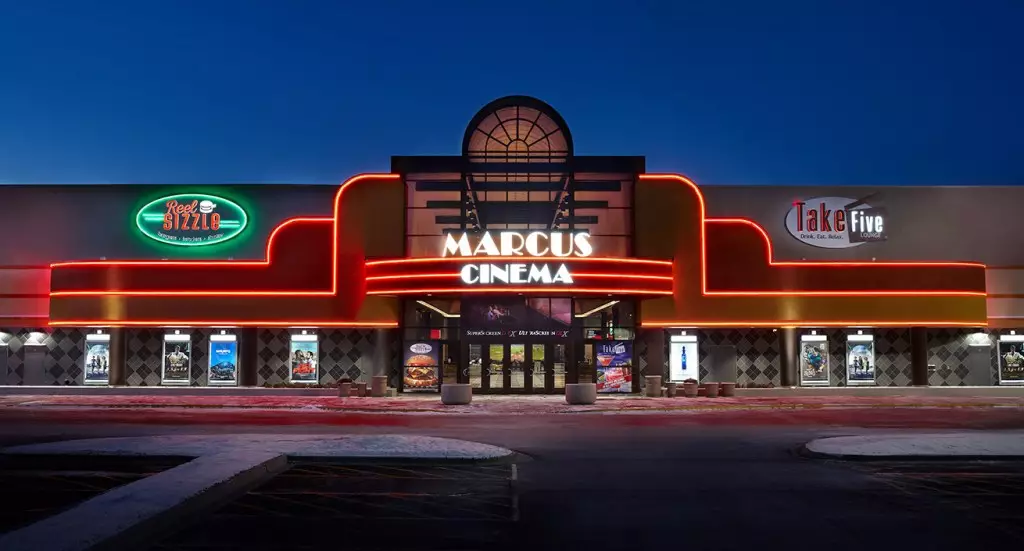In the post-COVID landscape, attracting audiences back to theaters has become a primary focus for industry leaders. Notably, Greg Marcus of Marcus Corp emphasizes the critical importance of attendance as a benchmark for success. The theater business operates on the fundamental principle that higher attendance correlates with increased revenue streams—be it ticket sales, concessions, or ancillary services. Marcus’s insights reveal an acute awareness of the complexities surrounding ticket pricing, showcasing how carefully calibrated pricing strategies can significantly influence consumer behavior. This multifaceted approach reflects a learning evolution where strategies from the hotel industry are being adapted for cinema—a substantial shift that illustrates the necessity for theaters to innovate in a changing marketplace.
Innovation in Pricing Strategy
Marcus’s acknowledgment of the intricacies of price setting indicates a proactive stance in shaping the theater experience. The company’s practice of “triangulating” ticket prices hinges on finding the ideal price point tailored to specific audiences at optimal times. Such revenue management tactics suggest a dynamic model that must constantly adapt to market changes—reflecting both consumer trends and competitive pressures. The introduction of promotional tactics like Discount Tuesday not only incentivizes attendance but also consciously alters consumer perception of value, making it more appealing to venture out for a movie. This strategic pricing initiative suggests that theater operators are not merely adjusting ticket prices but are engaging in comprehensive market studies to better cater to their audience.
Financial Performance Metrics and Growth
The impressive reported revenues for Marcus Corp, leading to a strong $121.2 million in the last quarter of fiscal 2024—a 23% increase year-over-year—speaks volumes about the popularity and effectiveness of their programming. Successful titles like “Wicked” and “Moana 2” highlight a carefully curated selection of films designed to resonate with audiences, ultimately driving attendance up by 29%. The context of these results must be examined alongside the operating income fluctuations, attributed to noncash impairment charges; nevertheless, an adjusted profit surge of 61.3% indicates robust recovery post-pandemic. Such performance underscored by increased admission revenues (by 15.4%) illustrates a theater resurgence driven by strategic adaptations.
Further exemplifying a commitment to nurturing long-term consumer relationships, the launch of the Marcus Movie Club demonstrates a forward-thinking initiative aimed at enhancing audience engagement. By offering a robust value proposition at a price point of $9.99/month, the benefits involved—including discounts on food and beverage and unlimited access to additional tickets—position the club as an enticing option for active moviegoers. Early positive responses, with over 30% opting for annual memberships, highlight a promising uptake of this initiative, which is vital in maintaining sustained interest in theater attendance.
As 2024 progresses, theater operators like Marcus view the latter half of the year as particularly favorable, citing the success of blockbuster films that have fortified audience investment in theater experiences. This “tale of two cities” illustrates the drastic shifts in performance within the same fiscal year, positioning optimistic narratives for continued growth. With the momentum carried through the holiday season, the industry stands poised for a potential revival, buoyed by insights gained during its recovery phase. Thus, the focus remains on reinforcing core strategies that resonate with audiences while offering engaging cinema experiences, setting a promising precedent for the future of the theater business.

